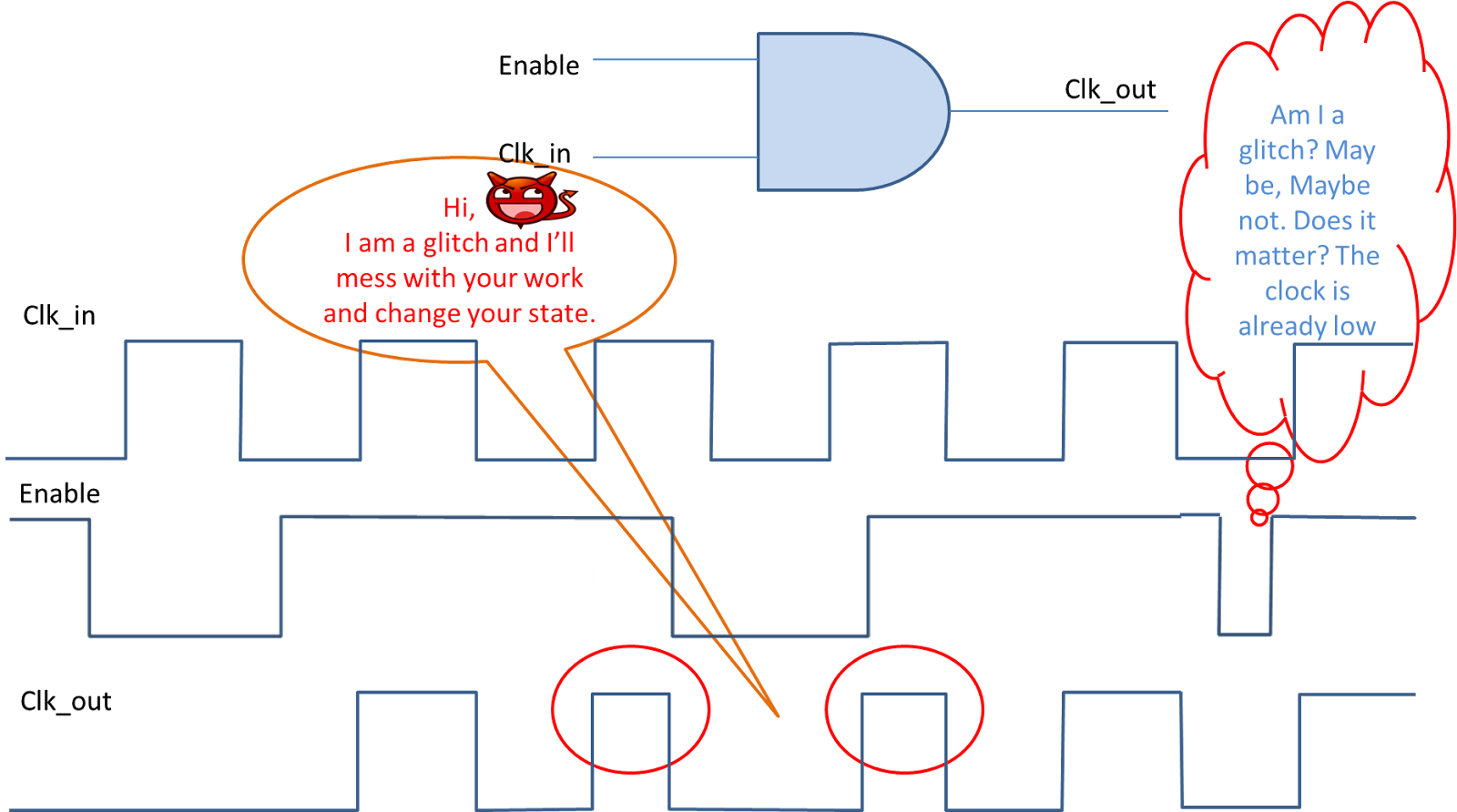Hi All,
We do not guaranty that you will become instant success after going through the videos, but we do guaranty that given proper amount of time, one can become a virtuoso of the field the person chooses to work on. It will take time but the time spent will be highly rewarding and lead to a start of new learning curve on which you can build upon.
After an overwhelming response from people who want to learn the basics of electronics and are in search of resources for learning new things in the area of SoC design, we thought that it would be a good idea to pour in a basic learning curve for all the "Electronics Enthusiasts". Motivated by the appreciative response from people, we have added another menu button which will contain links to various important lectures which can be used as a road-map for learning the basics of SoC design and related fields.
Under Video Tutorials tab above you will find blogs which will contain links to various courses that can be undertaken to learn SoC design, starting from scratch. Also this section will contains links to videos in various fields of SoC design and application including VLSI Digital design, Computer Architecture, Analog Design, Embedded systems, languages like Verilog/System Verilog, etc.
We do not guaranty that you will become instant success after going through the videos, but we do guaranty that given proper amount of time, one can become a virtuoso of the field the person chooses to work on. It will take time but the time spent will be highly rewarding and lead to a start of new learning curve on which you can build upon.
Also these lectures (if the mentioned pattern is followed) will be helpful when you join the industry of your preference (these will be helpful in your interviews as well). We found these lectures awesome and highly satisfying, hope they do the same for you. With the Semiconductor market being highly competitive, it is really difficult for a fresher to land a job in the Industry, but with proper planning and using the correct resources there are vast amount of opportunities in the field. In fact most of the companies have so many vacancies but they are not able to find the appropriate talent among a large pool of Electronic Engineers because of lacking the appropriate knowledge and basic skill set.
Putting these tutorials together(and the blogs) is our means of providing the knowledge which is relevant for any candidate which is aspiring to land a job in the Semiconductor Industry.
Hope all the effort will be really helpful for the learners !!!
Kindly like the facebook page of the blog for getting updates. The link is provided below :
or you can subscribe the blog by clicking on the subscribe option in the right side of the window.
Till the next post.
Cheers !!!!
SOCD Team



























